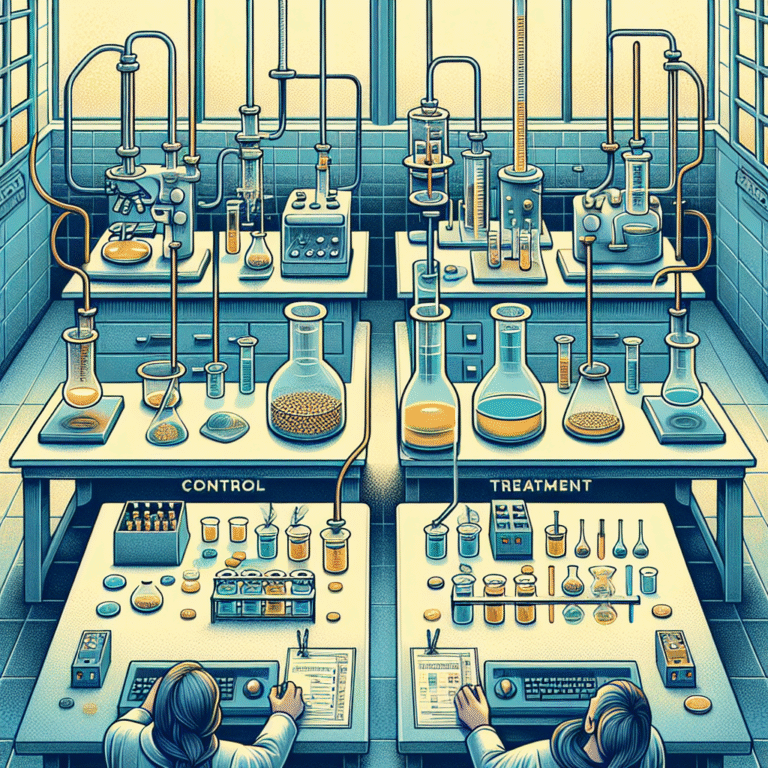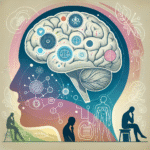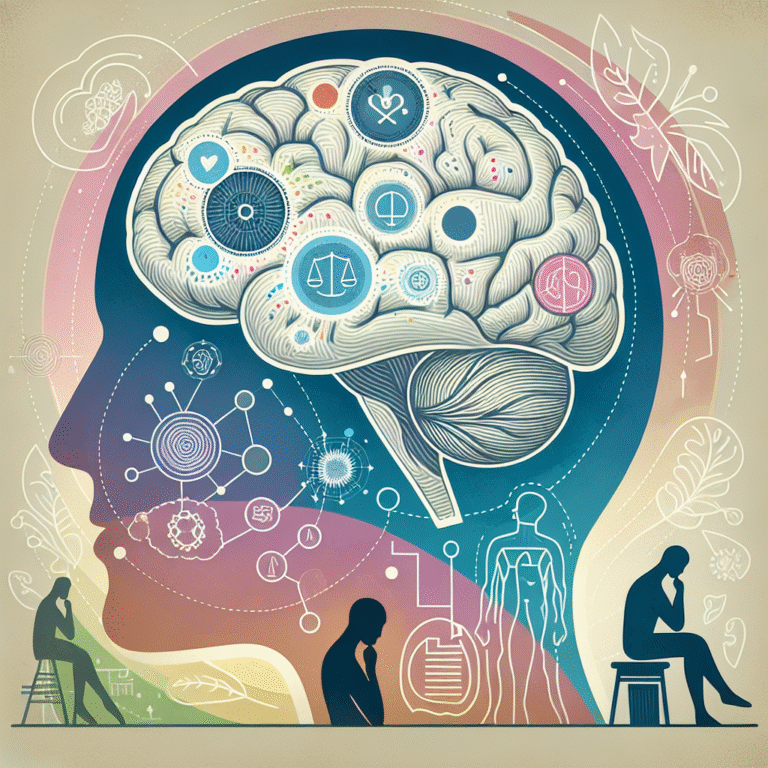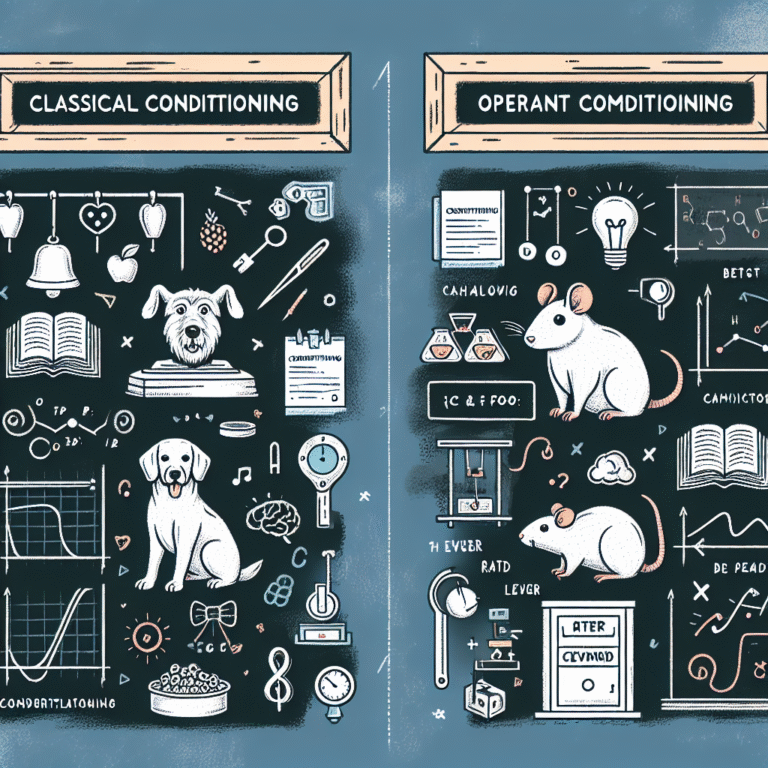
Introduction
Imagine your brain as a dynamic city, constantly being rebuilt and redesigned, with roads and buildings reshaping themselves according to the needs of their inhabitants. This flexible ability isn’t just a poetic illustration; it reflects the phenomenon known as neuroplasticity: the brain’s ability to adapt and evolve at any age. In recent years, neuroplasticity has emerged as a groundbreaking concept in neuroscience, revealing that our brains can change throughout our lives, allowing us to recover from injuries, learn new skills, and even enhance our cognitive abilities.
As our understanding of neuroplasticity deepens, its applications extend into various fields, from education and rehabilitation to mental health and personal development. This article explores how neuroplasticity can transform not just our brains but also our lives, emphasizing that it’s never too late—nor too early—to harness this remarkable capacity for change.
What is Neuroplasticity?
Neuroplasticity, also known as brain plasticity, is the brain’s innate ability to reorganize itself by forming new neural connections throughout life. While this may sound complex, the essence is simple: the brain is not a rigid structure but a living organism that adapts based on experience and environment.
Types of Neuroplasticity
-
Functional Plasticity: This refers to the brain’s ability to shift functions from damaged areas to undamaged areas. If one part of the brain is injured, another area can take over that lost function.
- Structural Plasticity: This involves physical changes in the brain’s structure in response to learning or experience. New neural pathways are created, strengthened, or eliminated based on our actions, thoughts, and habits.
Table 1: Types of Neuroplasticity
| Type of Neuroplasticity | Description |
|---|---|
| Functional Plasticity | Shift of functions from damaged areas to undamaged areas |
| Structural Plasticity | Physical changes in the brain’s structure due to learning or experience |
The Science Behind Neuroplasticity
The brain consists of billions of neurons connected by synapses. Neurotransmitters carry signals across these synapses, forming the basis of communication within the brain. Every experience we have can strengthen or weaken these connections, depending on the frequency and intensity of the activity.
Key Mechanisms
-
Long-Term Potentiation (LTP): This is a process where repeated stimulation of a neuron makes it more responsive to future stimuli. It essentially strengthens the connections between neurons, enhancing learning and memory.
- Long-Term Depression (LTD): On the flip side, LTD weakens the synapses, favoring the elimination of unused connections. This pruning process is also crucial for cognitive efficiency and is essential for learning new information.
Real-World Applications of Neuroplasticity
Neuroplasticity isn’t just an abstract concept; it has real-world implications ranging from therapy for brain injuries to enhancing learning in students. Below, we explore how different fields leverage the brain’s adaptability.
Case Study 1: Stroke Recovery
Example: A renowned hospital in New York implemented a rehabilitation program focusing on neuroplasticity for stroke patients. Traditional rehabilitation methods often emphasized rote learning and repetitive tasks. In contrast, the new approach involved tailored activities engaging patients in complex, goal-directed tasks, which stimulated the formation of new neural pathways.
Analysis: This case demonstrates how embracing neuroplasticity can improve recovery outcomes, even years after a stroke.
Case Study 2: Learning and Education
Example: Researchers at Stanford University developed a curriculum that incorporates neuroplasticity principles into learning environments. They encouraged tasks that challenge students’ existing skills, fostering both cognitive and emotional development.
Analysis: This initiative illustrates how understanding neuroplasticity can revolutionize education, making learning more effective and enjoyable.
Practical Strategies to Harness Neuroplasticity
If neuroplasticity is the brain’s ability to adapt and evolve, how can you make it work for you? Here are actionable strategies to enhance your brain’s plasticity:
1. Challenge Your Brain
Engage in activities that push your cognitive limits, such as puzzles, learning a new language, or playing a musical instrument.
2. Stay Physically Active
Regular physical exercise increases blood flow to the brain and encourages the growth of new neurons, substantially enhancing cognitive function.
3. Practice Mindfulness and Meditation
Research has shown that mindfulness practices can change brain structure, improving emotional regulation and stress resilience.
Chart 1: Activities that Enhance Neuroplasticity
| Activity | Impact on Neuroplasticity |
|---|---|
| Learning a language | Strengthens memory and cognitive functions |
| Playing an instrument | Enhances coordination and spatial skills |
| Physical exercise | Increases neurogenesis and blood flow |
| Meditation | Improves emotional regulation |
Neuroplasticity and Mental Health
Neuroplasticity isn’t just about improving cognitive skills; it also plays a crucial role in mental health. Mental illnesses, such as depression and anxiety, can reshape your brain’s pathways, but the brain can also adapt in healing ways.
Case Study 3: Therapy for Depression
Example: A clinical trial focused on cognitive-behavioral therapy (CBT) revealed that patients experienced structural changes in brain regions associated with emotion regulation after completing the therapy.
Analysis: This shows that targeted therapeutic approaches can harness neuroplasticity to facilitate recovery from mental health issues, offering hope for lasting change.
Neuroplasticity Across the Lifespan
The amazing aspect of neuroplasticity is that it exists at every stage of life. Entering new cognitive domains, like learning to code or develop new business skills, is an effective way to cultivate neuroplasticity, regardless of age.
A Focus on Aging
For older adults, maintaining cognitive health is crucial. Engaging in lifelong learning, socializing, and exercising can counteract cognitive decline.
Chart 2: Neuroplasticity Across Life Stages
| Age Group | Strategies for Enhancing Neuroplasticity |
|---|---|
| Children | Play-based learning and diverse educational experiences |
| Adults | Continuous education and skill development |
| Older Adults | Social engagement, puzzles, and physical activity |
Inspiring Personal Stories
- Example: Jane, a 70-year-old, began learning the violin after retirement. Her experience highlights how even late in life, individuals can experience significant cognitive benefits through new learning.
Conclusion
Neuroplasticity: The Brain’s Ability to Adapt and Evolve at Any Age is not just a scientific phenomenon; it is a source of hope and vitality. Our brains are marvelously adaptable, capable of transforming ourselves at any stage of life. By understanding and leveraging neuroplasticity, we can improve our cognitive abilities, recover from injuries, and enhance our mental health.
The journey of personal development is continuous. Whether it means learning a new skill, challenging your cognitive boundaries, or embracing mindfulness, the time to act is now. As you embark on this journey, remember: the brain never stops evolving.
FAQs
1. What is neuroplasticity?
Neuroplasticity refers to the brain’s ability to reorganize itself by forming new neuronal connections throughout life.
2. Can neuroplasticity help in recovery from a stroke?
Yes, neuroplasticity plays a critical role in stroke recovery by allowing undamaged areas of the brain to take over functions lost due to injury.
3. How can I enhance my brain’s neuroplasticity?
You can enhance neuroplasticity through cognitive challenges, physical activity, mindfulness, and learning new skills.
4. Is there an age limit to benefiting from neuroplasticity?
No, neuroplasticity can occur at any age, and individuals of all ages can experience benefits from cognitive and physical exercises.
5. How does neuroplasticity relate to mental health?
Neuroplasticity allows for the brain to adapt and restructure in ways that can positively affect emotional regulation and mental health conditions.
Embrace the power of neuroplasticity in your life, because the potential for growth and improvement is endless and lies entirely within your reach!
















